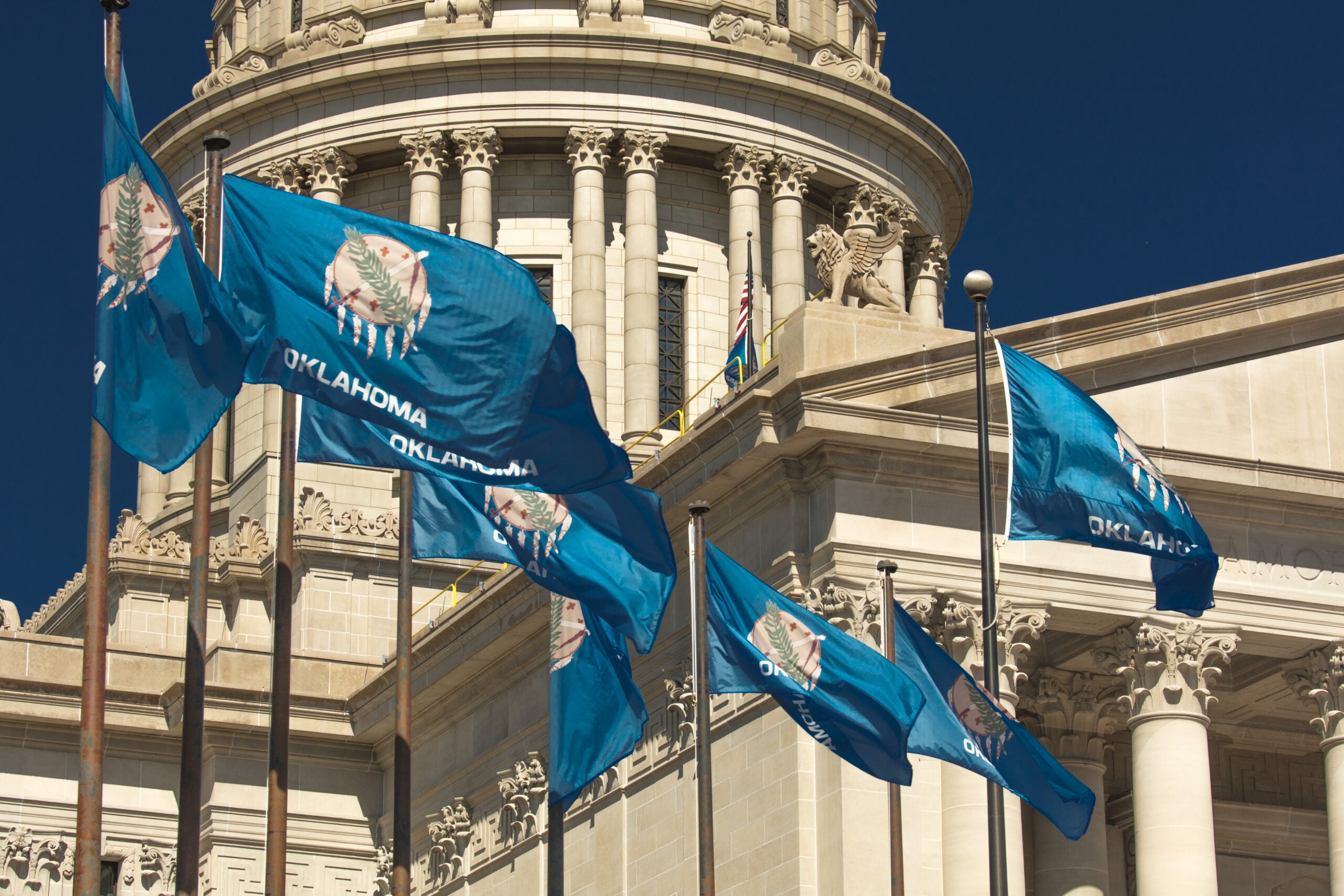So far this year, 47 states have legalized cannabis in one form or another – from cannabidiol and hemp to recreational adult cannabis use. Legalizing marijuana – in addition to medical, therapeutic, and recreational benefits – can also combat the illicit cannabis market.
A regulated product relieves consumers from safety concerns. Illicit cannabis can be mixed or laced with something unexpected and dangerous. In 2019, before the ongoing pandemic, there was a surge of vaping-related lung injuries caused by illicit market vapor products containing THC – the psychoactive ingredient in cannabis. By the end of 2019, the Centers for Disease Control and Prevention found that 80% of patients diagnosed with vaping-related lung injuries reported using THC-containing vapor products. Of those patients, 56% indicated they had used “Dank Vapes.” Before this particular health crisis, Dank Vapes products had consistently been linked to adverse health effects. Federal proposals to regulate cannabis could further deter the use of dangerous black-market products such as Dank Vapes.
The challenge is how best to compete with the illicit market effectively. Estimates say illegal cannabis sales reached $70 billion in 2019. If the government must impose taxes, to effectively compete with the illicit market, they must impose competitive tax rates. The taxes levied at the federal level could be more critical and potentially detrimental than any regulations.
Both Republicans and Democrats have federal proposals to remove cannabis from the federal Controlled Substances Act, which currently has cannabis listed as a Schedule I drug. This designation stipulates the drug has a high potential for abuse and no medicinal value – two points that, given the proliferating research as of late, are losing their credence at a rapid rate.
In addition to removing Schedule I designation, three other federal bills would implement regulations on manufacturing and sales and enable financial institutions to provide services to legitimize cannabis businesses. Additionally, each proposal would impose a federal excise tax.
The reintroduced Marijuana Opportunity Reinvestment and Expungement Act from Rep. Jerry Nadler imposes a five percent tax on retail marijuana sales that increases to eight percent after three years. A “discussion draft” from Sens. Chuck Schumer, Cory Booker, and Ron Wyden of the Cannabis Administration and Opportunity Act would impose a 10 percent tax on cannabis products, increasing to 25 percent over five years. Proposed by Rep. Nancy Mace, the States Reform Act would set a constant three percent tax rate. Per our main source for this piece, Inside Sources (linked in the first paragraph), the States Reform Act is one of the very best (and maybe only) ways to truly and effectively combat the illicit market.
The negative impact of high taxes is evident in California and Illinois. Both states impose steep tariffs on recreational marijuana. Estimates show illegal sales in California are worth $8 billion annually – twice the volume of legal sales. In Illinois, legal cannabis products cost more than in every other state. These increased costs keep the illegal market – worth over $4 billion – lucrative to drug dealers.
States and the federal government can introduce legal, regulated products that could very likely help to thwart the still thriving black market. But when moving forward with federal legislation, those at he top must take into account the existing market to be competitive. Any viable federal proposal can not overtax cannabis and still effectively compete and dominate the U.S. cannabis market.














Leave a comment
All comments are moderated before being published.
This site is protected by reCAPTCHA and the Google Privacy Policy and Terms of Service apply.